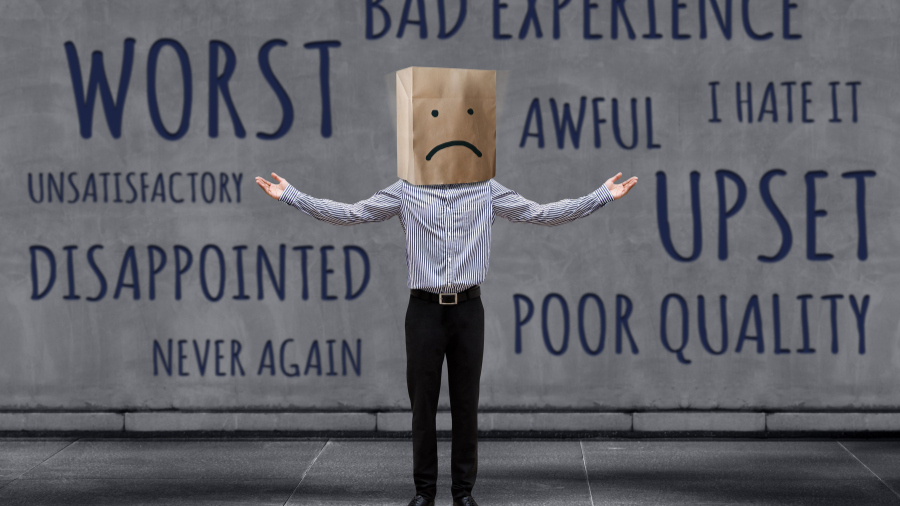For years, social media influencers have driven consumer behavior, convincing audiences to buy the latest must-have products. But a shift is happening…
A growing number of content creators are taking the opposite approach—not promoting products but discouraging unnecessary purchases.
This movement, known as de-influencing, is changing the way people perceive brands.
Instead of encouraging followers to buy into trends, de-influencers are exposing overhyped products, questioning brand transparency, and advocating for smarter spending.
Consumers, now more skeptical than ever, are turning to content creators who offer unfiltered, honest opinions.
This shift challenges brands that have relied on influencer-driven hype, forcing them to rethink their marketing strategies and focus on delivering real value. Let’s dive more into detail.
What is De-Influencing?
De-influencing isn’t just about telling people what not to buy. It’s about bringing back authenticity in online recommendations.
The concept challenges traditional influencer marketing, where paid partnerships often blur the lines between genuine endorsements and promotional content.
De-influencing does the opposite. It puts transparency front and center.
What is a deinfluencer?
Instead of pushing products based on sponsorships, a deinfluencer:
- Calls out brands for misleading claims.
- Highlights the downsides of viral products that don’t justify the hype.
- Recommends better alternatives that offer real value.
This movement is gaining momentum because consumers are tired of manufactured authenticity.
With an oversaturated market of influencers promoting the same products, de-influencing brings a refreshing dose of honesty.
The Art of Deinfluencing or: The Growing Demand for Honest Reviews

People no longer trust influencer marketing at face value.
- Social media is flooded with paid partnerships. It makes it harder to distinguish genuine reviews from scripted promotions.
- Consumers have been burned by purchasing overhyped products that didn’t meet expectations.
- There’s a shift toward transparency. Real experiences and unfiltered opinions carry more weight than curated influencer content.
This demand for honesty has given rise to a new type of content creator: the credibility-driven deinfluencer.
These are people who prioritize consumer trust over brand deals. They aren’t afraid to criticize products or refuse sponsorships that don’t align with their values.
For brands, this means one thing: authenticity is an expectation and not optional.
The Impact of De-Influencing on Brands
For companies that rely on influencer marketing, de-influencing presents both a risk and an opportunity.
Brands that thrive on hype without delivering real value are being exposed.
Viral products that fail to meet expectations are quickly scrutinized, leading to consumer backlash and plummeting sales.
Examples of deinfluencing in action
Several high-profile products have been called out for failing to live up to the marketing buzz.
Take, for instance:
- Luxury skincare brands that charge a premium but offer results no better than drugstore alternatives.
- Tech gadgets that influencers claim to be “game-changers,” only for users to report poor performance.
- Fast fashion hauls where influencers promote massive purchases, only to later admit the clothes fall apart after one wash.
The brands that fail to address criticism risk long-term damage.
But the ones that listen, adapt, and improve can actually build stronger consumer loyalty.
How Brands Can Navigate the De-Influencing Trend
Companies that embrace transparency and accountability can turn de-influencing into a growth opportunity. Here’s how:
- Own up to mistakes. Consumers respect brands that acknowledge flaws and take action to improve rather than dismiss criticism.
- Partner with credible creators. Instead of chasing influencers with the biggest followings, collaborate with those who prioritize honesty over paid promotions.
- Encourage real customer feedback. User-generated content, reviews, and organic testimonials can build authentic brand trust.
- Focus on long-term relationships, not quick sales. Brands that focus on sustainable, high-quality products instead of one-time viral trends will earn lasting consumer trust.
This shift means brands must move away from polished, scripted endorsements and instead lean into real conversations with their audience.
Is De-Influencing a Threat or an Opportunity?

Some brands see de-influencing as a direct threat to their marketing strategy.
After all, if a well-known influencer can boost sales, a de-influencer can just as easily sink them.
But companies that take the right approach stand to benefit in the long run.
Rather than viewing critique as a liability, smart brands use it as free market research.
They listen to negative feedback, improve their products, and build stronger relationships with their customers.
Why some brands are thriving amid de-influencing
Instead of fearing honest reviews, some companies actively encourage critical feedback.
They see it as an opportunity to:
- Refine product quality based on real user insights.
- Strengthen credibility by showing they value transparency.
- Stand out from competitors who rely on influencer-driven hype rather than genuine product value.
The brands that succeed in the era of de-influencing are those that prove their worth not just through marketing but through actual product performance.
Final Thoughts
De-influencing is a fundamental shift in consumer behavior.
People are no longer swayed by polished marketing campaigns alone; they demand authenticity, transparency, and real value.
For brands, the message is clear:
- Quality matters more than hype.
- Consumer trust is earned, not bought.
- Honest conversations drive real brand loyalty.
In an age where consumers have the power to shape brand perception, the best marketing strategy isn’t selling. It’s PROVING.

